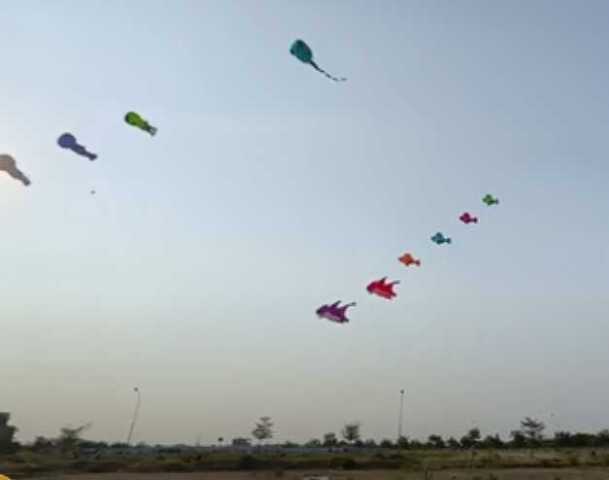
In the vast expanse of our skies, a silent revolution is underway—a revolution powered not by traditional wind turbines but by kites. Kite power systems (KPS) represent a groundbreaking technology that challenges the status quo of energy generation. Imagine giant kites soaring gracefully, tethered to the Earth, harnessing the relentless power of the wind. In this comprehensive guide, we unravel the mysteries of KPS, exploring how they work, their installation process, efficiency, and the economic viability of this awe-inspiring innovation.
I. How Kite Power Systems Work
1. The Anatomy of a Kite Power System
At its core, a KPS comprises three essential components:
A. The Kite
- Design: The kite resembles a cross between a glider and a kiteboard. It features aerodynamic surfaces, tethers, and onboard electronics.
- Tether: The kite is tethered to a ground station via a strong cable. This tether serves as both lifeline and conduit for electricity.
B. The Ground Station
- Winch: The ground station houses a winch that controls the kite’s altitude. As the kite ascends, the winch reels in the tether.
- Generator: The winch drives a generator, converting the kite’s mechanical energy into electricity.
- Smart Control System: Sophisticated algorithms adjust the kite’s flight path, optimizing energy capture.
2. The Dance of the Kite
- Takeoff: The kite launches from the ground station, propelled by the wind.
- Ascending Flight: As it climbs, the tether unwinds, turning the winch and generating electricity.
- Figure-Eight Path: The kite follows a figure-eight trajectory, maximizing wind exposure.
- Descent: When the desired altitude is reached, the kite descends, rewinding the tether.
II. Installation and Deployment
1. Site Selection
KPS installations thrive in open spaces—coastlines, deserts, or offshore locations. Minimal obstacles ensure unobstructed kite flight.
2. Ground Infrastructure
- Anchoring: Robust anchors secure the ground station.
- Winch and Generator: These components are housed in weather-resistant enclosures.
- Grid Connection: KPS connects to the grid via underground cables.
3. Safety Measures
- Emergency Shutdown: Fail-safe mechanisms halt kite flight during storms or emergencies.
- Redundancy: Backup systems ensure uninterrupted power supply.
III. Efficiency and Output
1. Efficiency Advantages
A. High Altitude Winds
KPS operates at altitudes where winds are stronger and more consistent. Unlike ground-based turbines, it avoids turbulence and low-wind conditions.
B. Scalability
KPS scales vertically, utilizing airspace rather than land. Multiple kites can operate from a single ground station.
2. Electricity Output
- Varies: Output depends on kite size, wind speed, and altitude.
- Estimates: A 20-meter wingspan kite at 500 meters altitude can generate 100–500 kW.
IV. Economic Considerations
1. Cost Factors
A. Initial Investment
- Kite Development: Research and prototyping costs.
- Ground Infrastructure: Winch, generator, and control systems.
B. Operational Costs
- Maintenance: Regular inspections and repairs.
- Land Lease: Costs for site usage.
2. Cost-Benefit Analysis
A. Long-Term Prospects
- Low Operating Costs: Minimal fuel or resource consumption.
- Scalability: As technology matures, costs decrease.
Conclusion
Kite power systems are not science fiction; they are science in flight. As we gaze upward, envisioning kites weaving energy from the wind, we recognize their potential to revolutionize our energy landscape. Challenges remain—regulatory approvals, public acceptance, and fine-tuning—but the sky beckons, and the winds whisper promises of a cleaner, more sustainable future. Let us embrace the kite, for it carries not only electricity but also hope.
